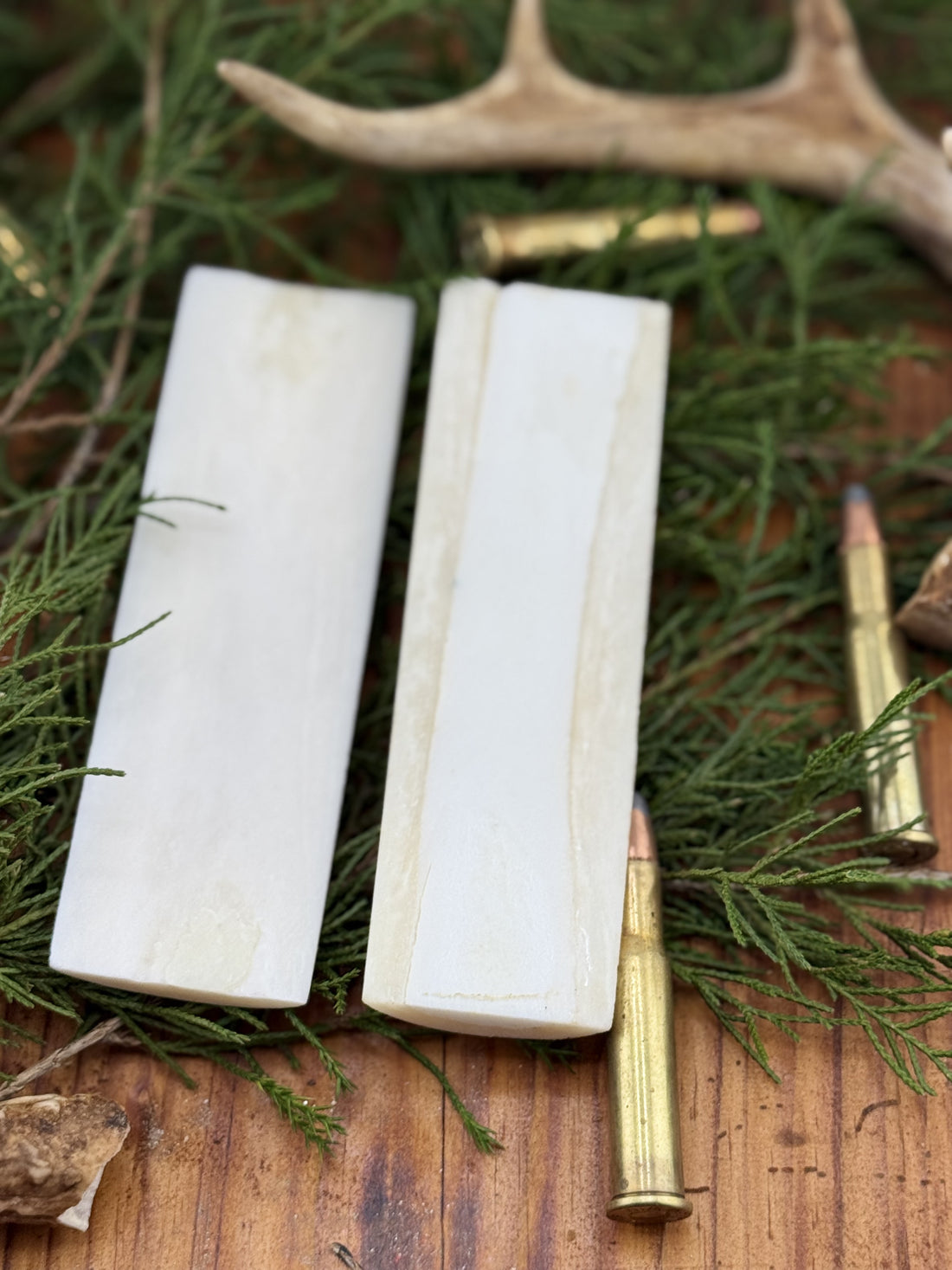Did you know that the global knife industry is expected to reach a staggering $1.7 billion by 2025? Whether it's slicing through the toughest rope on a camping trip or precisely chopping herbs in a kitchen, the right knife is indispensable. Understanding the nuances of knife steel and handle materials can transform a typical blade into a lifelong tool. From outdoor enthusiasts to culinary masters, and from hunters to tactical responders, the significance of selecting the right knife cannot be overstated.
Knife crafting is an age-old art that requires a keen understanding of various elements. At the heart of any good knife is the blade steel, which determines the durability, edge retention, and overall performance. Methods like forging and stock removal are common in shaping blades. Forging involves heating metal and hammering it into shape, offering exceptional strength. In contrast, stock removal is akin to sculpting, where the knife is ground down to size, a method admired for precision.
Steel is not generic; each type has unique properties. High carbon steel, for instance, is known for maintaining a sharp edge but requires maintenance to prevent rust. Stainless steel is admired for its resilience to corrosion. Damascus steel, with its beautiful patterns, combines both aesthetics and function. Selecting the right steel is crucial based on the intended use—whether it's a kitchen knife for fine dicing or a bushcraft knife for rugged outdoor tasks.
Another critical component is the knife handle, offering control and power during use. Materials like wood offer a classic grip, while synthetics provide enhanced durability and moisture resistance. Micarta, G10, and carbon fiber are popular synthetic options due to their strength and lighter weight, making them ideal for prolonged use without fatigue. A well-crafted handle with ergonomic design ensures comfort and balance, enhancing the user's precision.
Diverse knife types cater to various needs. Kitchen knives are precision tools crafted for culinary finesse, designed for tasks from slicing to fine chopping. Bushcraft knives serve survivalists, capable of everything from building shelters to preparing food in the wild. Hunters rely on knives for field dressing game, necessitating strong, sharp, and easily maneuverable blades. Tactical knives meet the demands of first responders and military personnel, often equipped with features like serrated blades for cutting through tough materials rapidly.
Maintenance extends the life of any knife. Regular sharpening is essential to keep the edge keen and effective. Techniques utilizing whetstones or ceramic rods ensure a razor-sharp finish while preserving the blade's structure. Proper cleaning and storage, away from moisture, also play roles in prolonging a knife's usability.
When purchasing a knife, keep in mind the specific requirements—the tasks it will perform, and the environment it will endure. It's easy to make mistakes such as choosing aesthetics over function or ignoring ergonomic features that affect comfort. Trusted brands and custom makers often provide higher quality and tailored options, ensuring satisfaction.
Ready to enhance your knife collection or find the perfect blade for your needs? Explore our curated selection of knives crafted from premier steel and exceptional handle materials. Whether you need a versatile tool for the great outdoors or a reliable asset in a professional kitchen, our knives deliver performance and reliability. Dive into our offerings today and transform your cutting experience. Share your experiences, ask questions, and find the blade that’s perfect for you.

